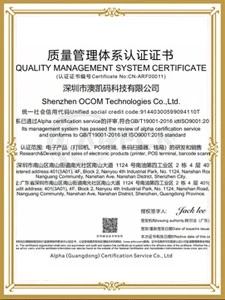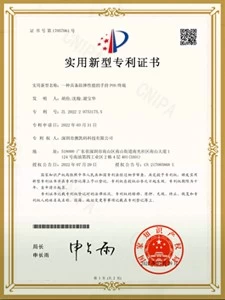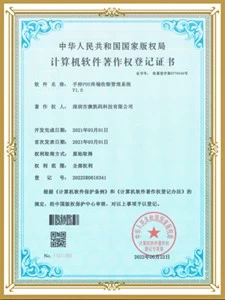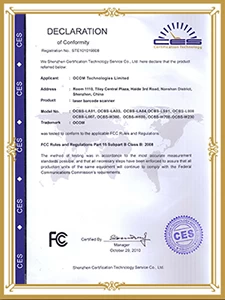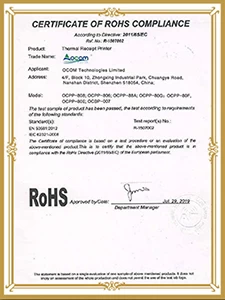The Key of CPU Computing Speed
Today we learn about CPU frequency and the relationship between manufacturing process and performance.
CPU is generally composed of three parts: logical computing unit, control unit and storage unit.
What do these parameters represent? Please continue to look down:
Main Frequency
The internal clock frequency of the CPU is the frequency at which the CPU operates when performing calculations. Generally speaking, the higher the main frequency, the more instructions are completed in a clock cycle, and the faster the CPU can perform calculations. However, not all CPUs with the same clock frequency have the same performance due to different internal structures.
External Frequency
That is, the system bus, the frequency at which the CPU transfers data with peripheral devices, specifically the bus speed between the CPU and the chipset.
Multiplier
Originally there was no concept of multiplier, the main frequency of the CPU and the speed of the system bus were the same, but the speed of the CPU is getting faster and faster, and the multiplier technology was born in response. It allows the system bus to operate at a relatively low frequency, while the CPU speed can be infinitely increased by multiplying the frequency. Then the calculation of CPU main frequency becomes: main frequency = external frequency x multiplier frequency. The multiplier is the number of times the difference between the CPU and the system bus. when the external frequency is unchanged, increase the multiplier, the higher the main frequency of the CPU. the Intel CPU with K version can be overclocked by adjusting the multiplier and voltage.
Cache
The data information processed by the CPU is mostly retrieved from the memory, but the calculation speed of the CPU is much faster than that of the memory, and for this reason, a memory is placed in this transmission process to store the data and instructions frequently used by the CPU. This improves the data transfer speed. It can be divided into first level cache and second level cache.
First Level Cache (L1 Cache)
This is the L1 Cache, which is integrated inside the CPU and is used for temporary storage of data while the CPU is processing the data. Since the cache instructions and data work at the same frequency as the CPU, the larger the capacity of the L1 cache, the more information is stored, which can reduce the number of data exchanges between the CPU and the memory and improve the CPU's computing efficiency. However, because the cache memory is composed of static RAM, the structure is more complex, in the limited area of the CPU chip, the capacity of the L1 level cache can not be made too large.
L2 Cache
Due to the limitation of L1 level cache capacity, in order to increase the CPU's computing speed again, a high-speed memory, i.e. L2 cache, is placed outside the CPU. The working frequency is more flexible, can be the same frequency with the CPU, can also be different. CPU in reading data, first in the L1 to find, and then from the L2 to find, and then the memory, after the external memory. So the impact of L2 on the system should not be ignored.
L3 Cache
The third level cache is a cache designed for reading data that is not hit after the second level cache. In a CPU with a third level cache, only about 5% of the data needs to be called from memory, which further improves the efficiency of the CPU. The principle of operation is to use the faster storage device to keep a copy of the data read from the slower storage device and make a copy, when there is a need to read or write data from the slower storage body, the cache can make the read and write action completed in the fast device first, which will make the system response faster.
TDP
The maximum power used by a CPU at full load.
Manufacturing Process
The manufacturing process of CPU refers to the width of the connecting line of the internal components in the production of CPU on the silicon material, which is usually expressed in microns in the past, but nowadays most of them are expressed in nanometres, and the smaller the value is, the more advanced the manufacturing process is, the higher the frequency the CPU can achieve, and the lower the power consumption is, and the more transistors can be integrated. Currently, Intel's manufacturing process is 14nm, and AMD's manufacturing process is 28nm.
Simply put, the same platform products, main frequency, cache, the larger the better.









